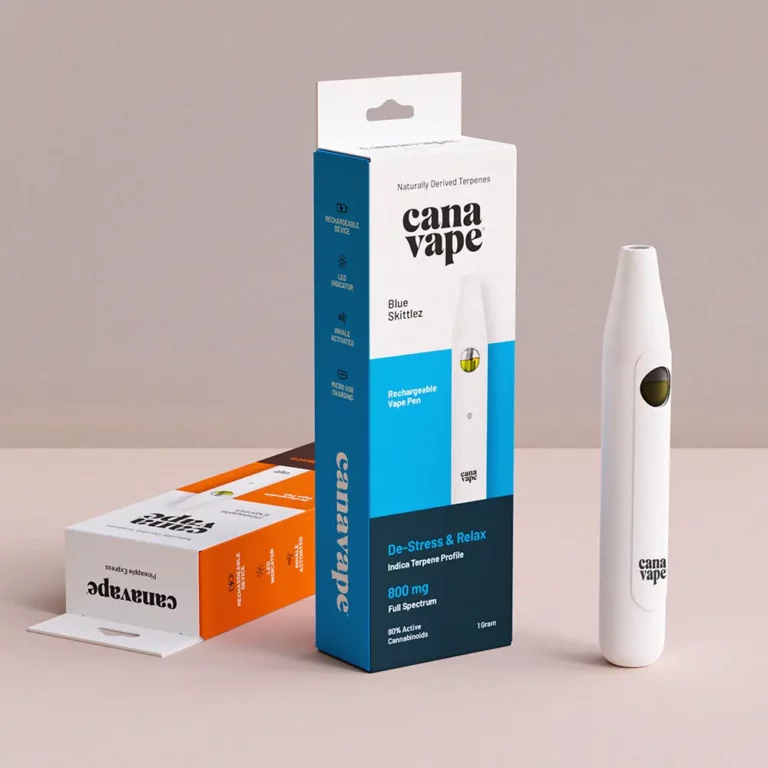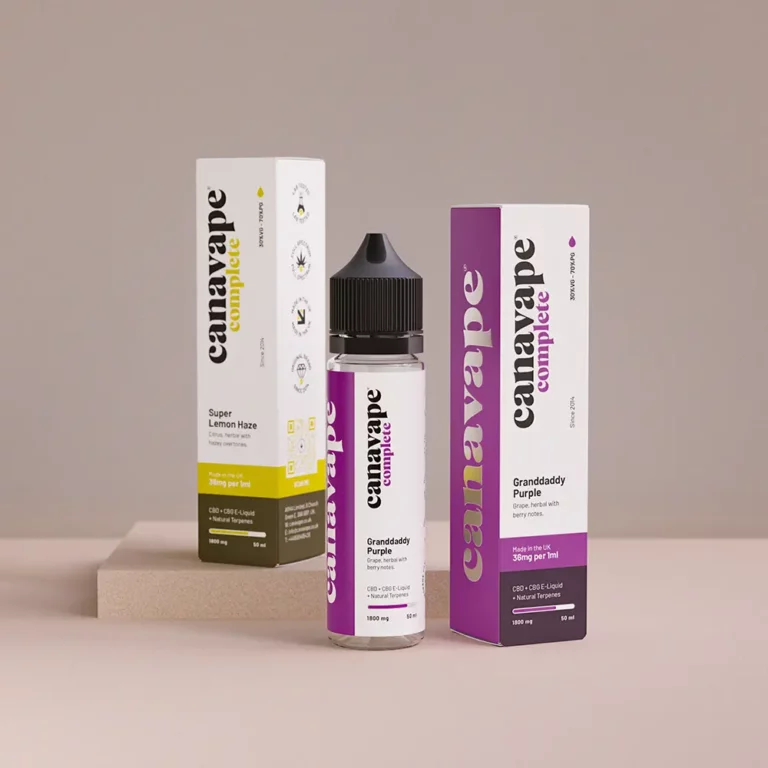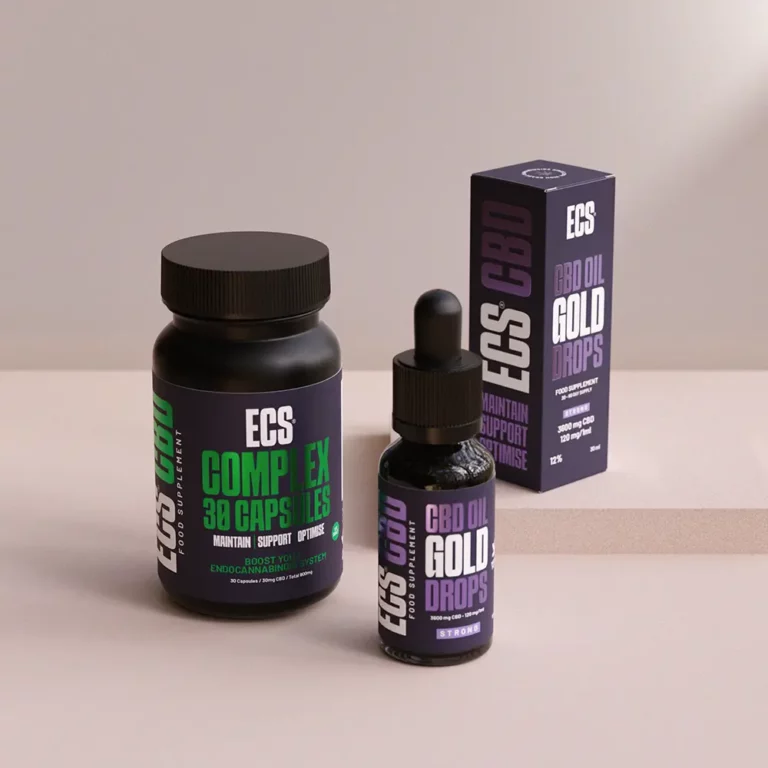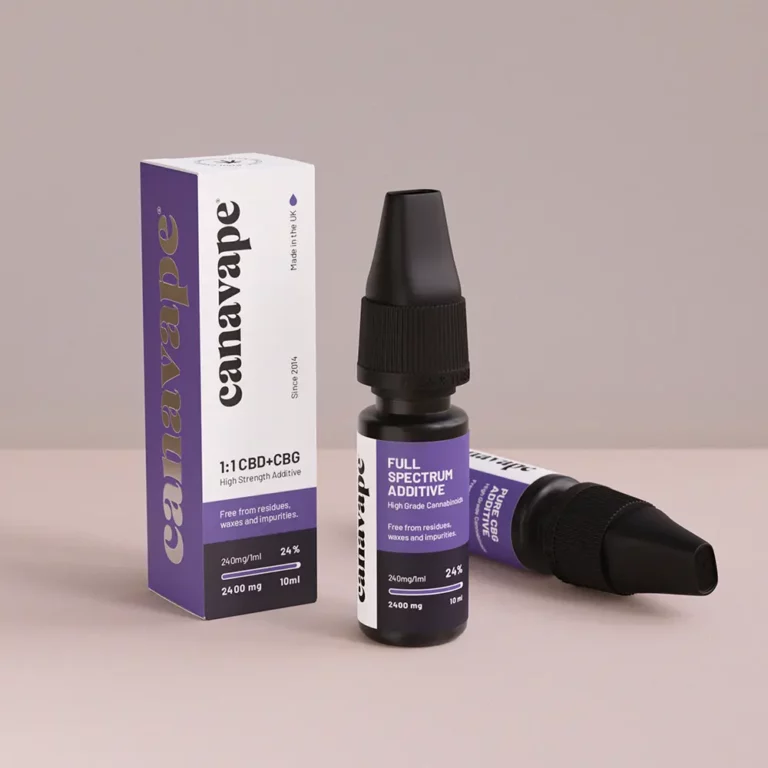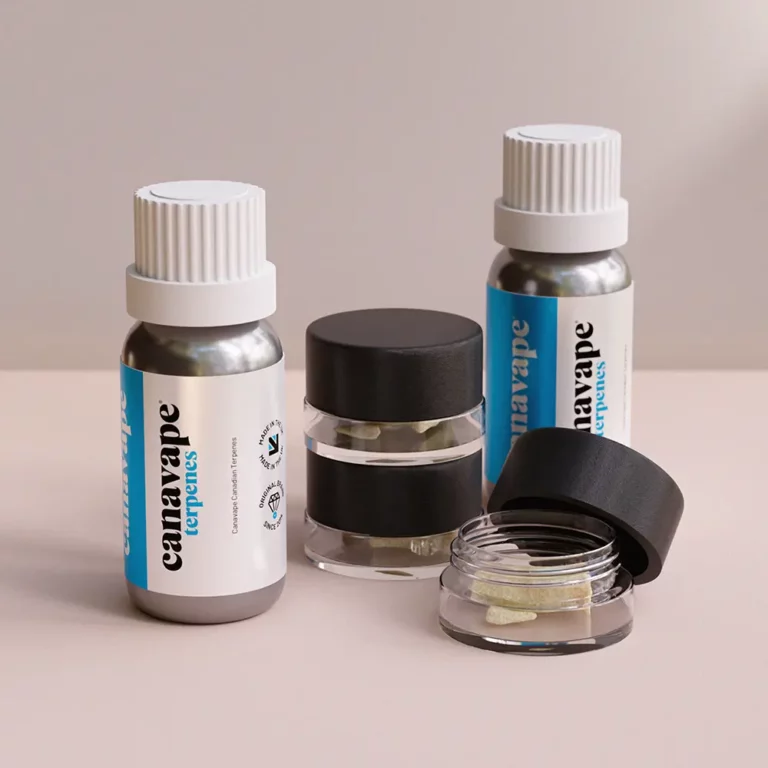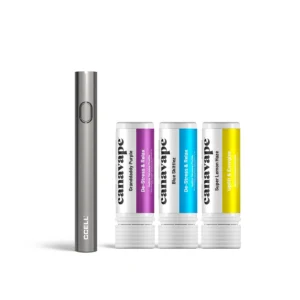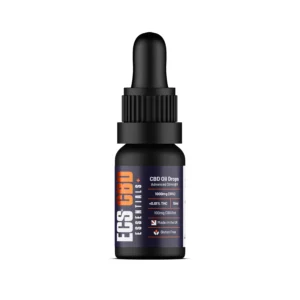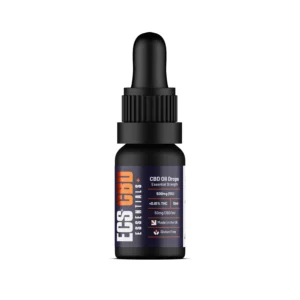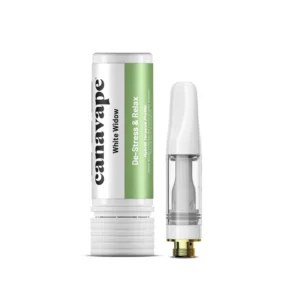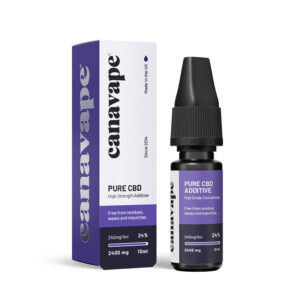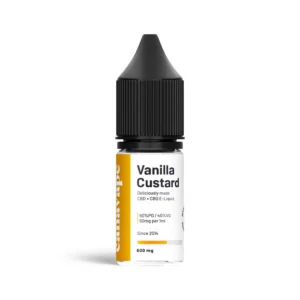When it comes to taking CBD oil, one of the most common methods is placing it under the tongue. This sublingual administration allows for quick absorption of the cannabidiol (CBD) into the bloodstream, providing fast and effective relief. However, determining the right number of drops to take can be a bit of a challenge. In this guide, we will explore the factors that influence the optimal dosage and help you find the right amount of CBD oil to take under your tongue.
Understanding CBD Oil and Its Benefits
CBD oil is derived from the hemp plant, which contains high levels of CBD and minimal levels of THC, the psychoactive compound found in marijuana. CBD has gained popularity due to its potential therapeutic benefits, including pain relief, anxiety reduction, and anti-inflammatory properties. By interacting with the body’s endocannabinoid system, CBD may help restore balance and promote overall well-being.
The Sublingual Administration Method
Placing CBD oil under the tongue allows for efficient absorption through the sublingual glands. These glands contain a large number of blood vessels, enabling the CBD to bypass the digestive system and enter the bloodstream directly. This method ensures faster onset and higher bioavailability compared to oral ingestion.
Determining the Right Dosage
When it comes to CBD oil, there is no one-size-fits-all dosage. The optimal amount varies depending on various factors, including body weight, individual metabolism, the severity of symptoms, and desired effects. It is always recommended to start with a low dosage and gradually increase until the desired results are achieved.
While there is no specific formula to calculate the exact number of drops, a general guideline is to start with 1-2 drops under the tongue and hold it there for 60-90 seconds before swallowing. This allows for proper absorption. After assessing the initial effects, you can adjust the dosage accordingly.
Factors to Consider
Several factors influence the optimal dosage of CBD oil under the tongue:
- Concentration: The strength of your CBD oil will determine the number of drops you need. Higher concentrations may require fewer drops, while lower concentrations may require more.
- Body Weight: Generally, individuals with higher body weight may require a higher dosage to experience the desired effects.
- Tolerance: Regular CBD users may develop a tolerance over time, requiring higher doses to achieve the same results.
- Severity of Symptoms: If you are using CBD oil for specific symptoms, such as chronic pain or anxiety, you may need a higher dosage to address the severity of your condition.
Monitoring and Adjusting Dosage
It is essential to listen to your body and monitor how it responds to the CBD oil. Keep track of any changes in symptoms or side effects. If you do not experience the desired effects, you can gradually increase the dosage by one or two drops at a time. Remember to give your body enough time to adjust before making further adjustments.
However, it is important to note that CBD affects individuals differently, and what works for one person may not work for another. It is advisable to consult with a healthcare professional who is knowledgeable about CBD to determine the most appropriate dosage for your specific needs.
Conclusion
Placing CBD oil under the tongue is an effective method of administration, allowing for quick absorption and potential relief from various symptoms. Finding the right number of drops to take depends on several factors, including concentration, body weight, tolerance, and symptom severity. By starting with a low dosage and gradually increasing, you can find your optimal dosage and experience the potential benefits of CBD oil under your tongue.
